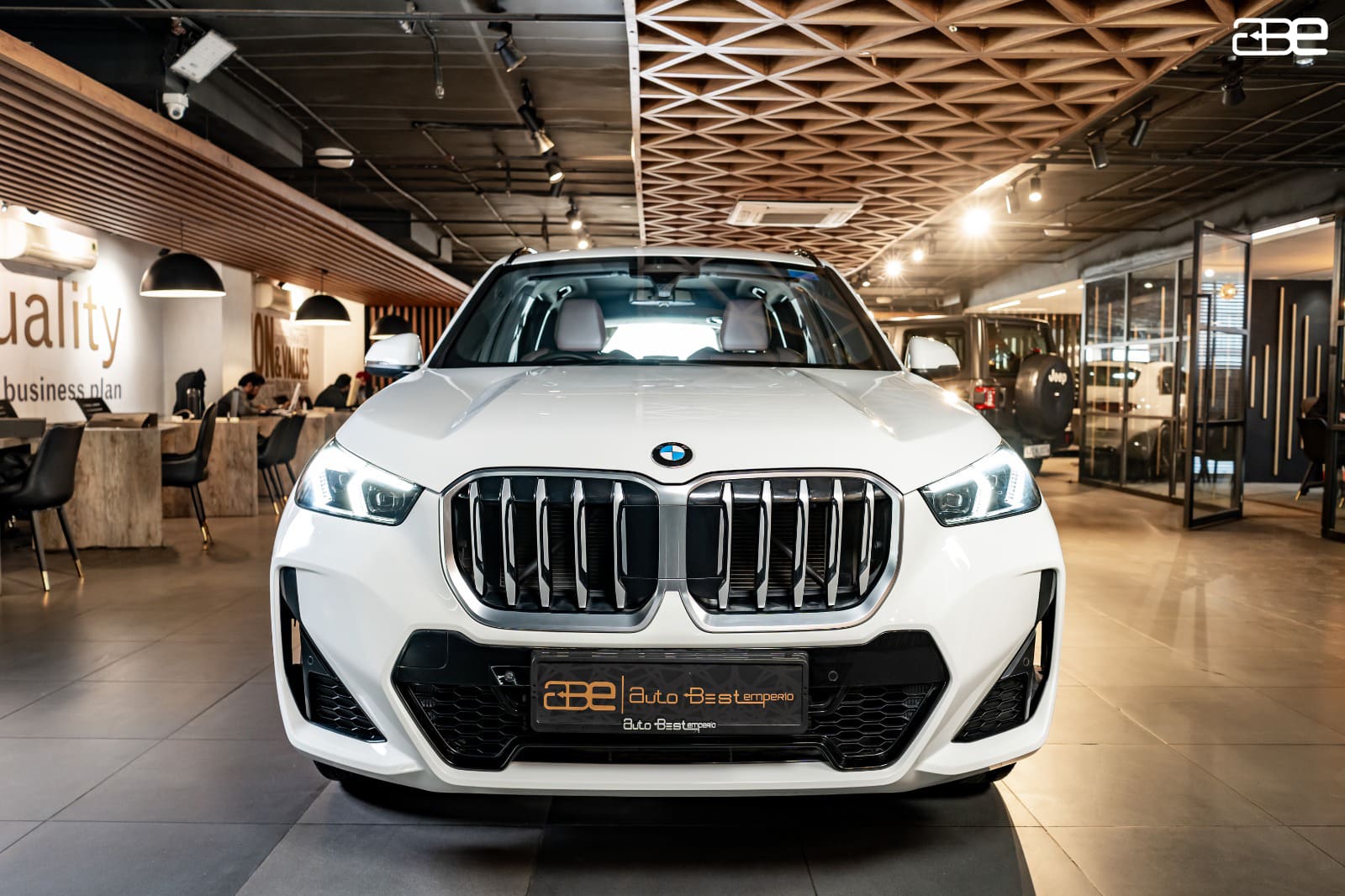What is regenerative braking? How does it work?

If you're thinking about buying an electric or hybrid automobile, you've probably heard about regenerative braking. But what exactly does this phrase represent, and how does it feel to drive a car equipped with this system? Read on to find out everything you need to know.
When you press the brake pedal on your gasoline or diesel vehicle, the hydraulic fluid pushes brake pads against brake discs on each wheel (or drums on older and cheaper models). The ensuing friction slows the automobile down while also creating heat and eroding the material on the brake pads and discs.
Regenerative braking is a technique that uses the lost energy from slowing down an automobile to recharge the car's batteries. Braking in a regular automobile merely wastes energy, but part of the energy may be utilised with brake energy regeneration.
Many contemporary automobiles include different types of regenerative braking system. It's utilised to charge the battery that powers other ancillary systems, requiring less engine labour and less gasoline. The technology is typically invisible to the driver, but regenerative braking hybrid cars and pure electric vehicles play a more active and visible role. In some cars, brake regeneration can assist in charging the bigger batteries that directly power the vehicle.
How does regenerative braking work?
The electric motor in your hybrid or electric vehicle works in two directions: one to drive the wheels and move the car, and the other to charge the battery. When you take your foot off the accelerator pedal and place it on the brake, the motor reverses direction and begins to recharge the battery.
When this process begins, you will see the automobile slow down. This feature feels different in each car since manufacturers may regulate how much regenerative braking system occurs when you pull off the foot.
All automobiles still have standard brakes, so if you press the pedal hard enough, the hydraulic system will kick in and bring you to a complete stop (depending on your speed). But, again, various automobiles require varying amounts of power on the brake pedal to engage the brakes.
What does regenerative braking in electric vehicles feel like?
Several automobiles have regenerative braking, and each one feels a little different when you use it. In fact, in most electric vehicles, you can customise the way it feels to your liking.
You can set it to the maximum level if you want to recover as much lost energy as possible, or you can turn it off if you don't like the sensation of the car breaking down on its own. In most situations, the brake lights will illuminate if the vehicle is slowing rapidly, even if you are not pressing the brake pedal.
Some automobiles even feature an automated cruise control system that employs brake regeneration. Sensors monitor the auto in front, and the brake regen is utilised to match that car's speed on the road.
When you raise your foot entirely off the pedal in many EVs, it feels like your foot is securely on the brake. This is known as one-pedal driving since you must modulate your right foot to accelerate and decelerate rather than switching it between the brake and accelerator pedals.
This is known as the "e-Pedal" in the Nissan Leaf, and it is activated and deactivated using a button on the dash. The Kia e-Niro has paddles behind the steering wheel that allow for four degrees of regeneration.
However, in some versions, the regenerating force is weak. For example, it feels more like being in high gear and employing engine brakes to slow down in a petrol or diesel automobile.
Regenerative braking in cars typically hurts the brake pedal feel, so it takes some getting used to, especially when you discover the transition point between regen braking and the hydraulic brake system.
If you are still confused about whether regenerative braking cars are good for you or not. Then take ABE experts guidance. They will guide you through and help you select the best-used car.

 By Admin
By Admin









